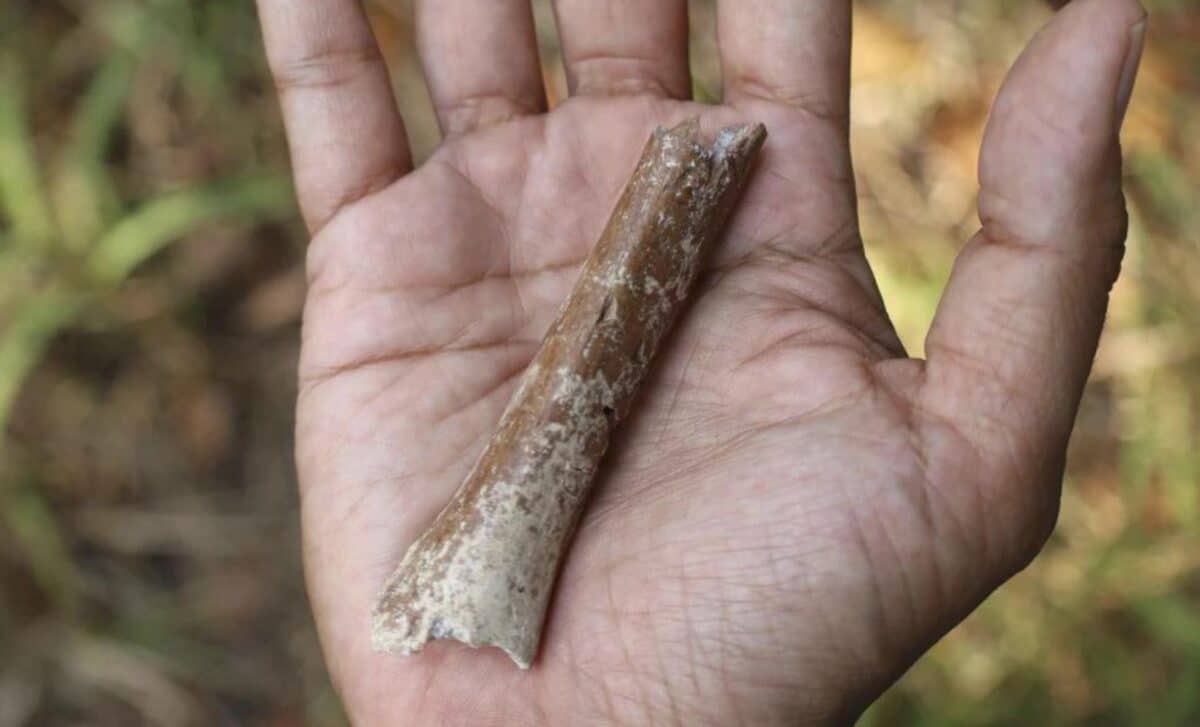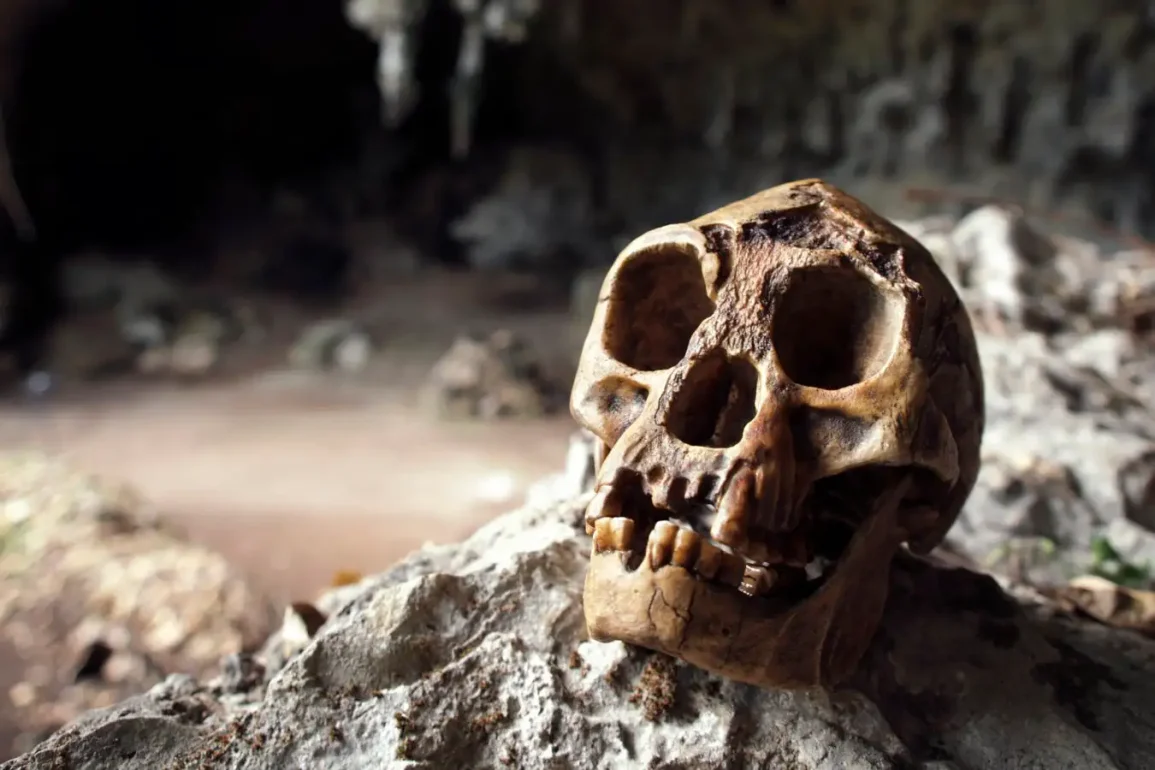Two decades ago, the discovery of a tiny human-like skull in Liang Bua cave on Flores, Indonesia, introduced a new chapter to the human evolutionary story. Initially thought to belong to a child, the skull, along with additional bones, was found to be from an adult.
This led to the identification of a new species, Homo floresiensis, or “hobbit,” which lived around 60,000 years ago. This species’ small size and distinct features have intrigued scientists and challenged previous understandings of human evolution.
Recent analysis of fossils from the Mata Menge site on Flores supports the idea that Homo floresiensis evolved from Homo erectus, an early human species that migrated out of Africa approximately 1.9 million years ago. The newly studied fossils reveal that these hobbits were even smaller than previously thought, with one individual being 2.4 inches shorter than the initial specimen.
This suggests that over time, Homo erectus may have undergone significant size reduction after becoming isolated on Flores.

A particularly notable find among the Homo floresiensis fossils is a tiny humerus bone, which is the smallest human limb bone ever discovered. Digital analysis estimates this bone belonged to an adult approximately 3 feet tall who lived around 700,000 years ago. These findings underscore the adaptability and resilience of the hobbits, who managed to survive alongside formidable predators like Komodo dragons on the island.
In space exploration news, astronauts Butch Wilmore and Suni Williams have been stuck aboard the International Space Station beyond their planned stay due to delays with Boeing’s Starliner spacecraft. NASA is assessing the situation, which might lead to the astronauts returning via SpaceX’s Crew Dragon instead. Meanwhile, the crew continues their research and experiments in microgravity, making the most of their extended mission.
Recent archaeological and scientific updates include new finds from the Sutton Hoo site in England, where additional fragments of a sixth-century Byzantine bucket have been uncovered. Meanwhile, theories about the construction of ancient Egyptian pyramids continue to evolve, with some researchers suggesting a hydraulic lift system was used.
In lunar exploration, NASA’s VIPER rover, which was designed to search for water ice at the moon’s south pole, faces potential cancellation due to budget issues. Commercial entities are also interested in salvaging the project. Other notable developments include discoveries of ancient artifacts, space debris concerns, and new findings from China’s lunar missions.

